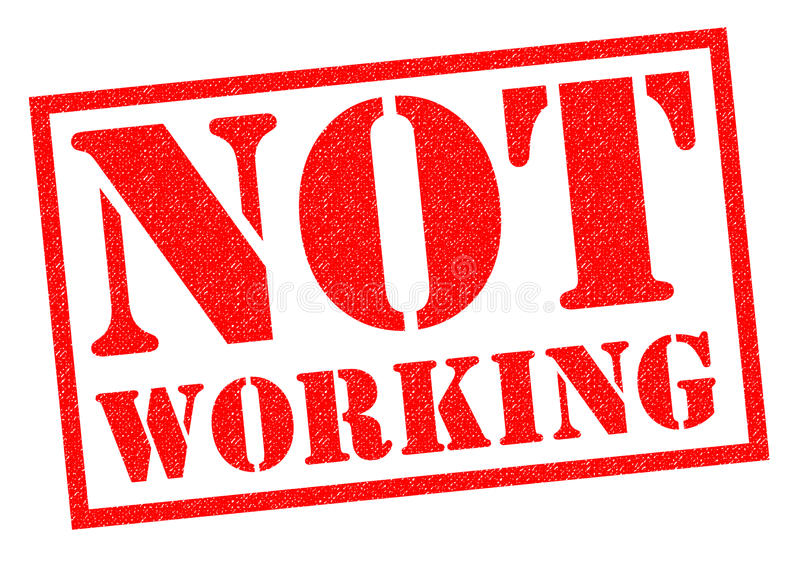
Leaders need the courage to acknowledge when something isn’t working. – Mark Batterson
One of the challenges in leadership is having the awareness of knowing when things aren’t working. Acknowledge it too late and you may not recover. But having the ability to see things as they are in real-time with the courage to change can make all the difference between success and failure. This sounds simple enough, but is it?
Take British Airways for example. Profiled in a TinyPulse blog post, they were credited for their ability to change during a difficult transitional time. After a massive merger some years ago, British Airways faced difficultly managing itself and bring a decent service in the aftermath.
The article states, “It wasn’t until its privatization and the incorporation of the new chairperson…that the company started to enjoy positive momentum-and increase their profits accordingly.” British Airways is not alone in its ability to acknowledge when things aren’t working and making the hard decisions to make things right. But not every story has the same outcome.
An article in Collective Campus highlighted 10 companies that failed to innovate resulting in business failure. One of the companies was Polaroid. When the digital camera revolution began, they were behind the curve in adapting to the times. The article states, “Falling into the ‘success trap’ by exploiting only their (historically successful) business activities, Polaroid neglected to explore new territory and enhance their long-term viability.” And herein lies the challenge in leadership.
Two distinctions emerge when analyzing the differences between the companies who succeeded and those who failed. Here are two key takeaways.
Companies that succeeded embraced change
The TinyPulse article stated that 70% of change initiatives fail as a result of bad management, poor implementation, or even back luck. But companies with the ability to adapt to change do so because they are thinking long term.
Companies that failed relied too much on past or current success
Polaroid had a long-standing history dating back to the 1930s. For many decades they had few competitors. But when the digital age arrived they were too slow in adapting and were ultimately left behind.
Measuring what’s working and what’s not is critical to your success. Here are a few ways to do it.
Evaluate honestly
Many metrics go into how you see your business and your current posture in the marketplace. Be careful not to look at things through rose-colored glasses. Acknowledge the good, identify what’s not working or underperforming, and stay informed. Surround yourself with people who will tell you what you need to hear not just what you want to hear. In the end, what you need to hear is all that matters. Click To Tweet
Know your competition
Many of the referenced businesses that failed did so not because they didn’t have a good product. They failed because they underestimated the competition and the speed of change. By the time they got around to it, it was too late. In addition, don’t look to your competition to set the pace. Make it your mission to be early adopters and set the example for the rest.
Don’t settle
Many of the businesses failed because they relied on past successes to carry them. This is a prescription for disaster. You must constantly be improving and innovating. The work and innovation that got you to where you are today likely won’t be enough to sustain you long term. Click To TweetKeep learning and improving. Be aware of coming trends and position yourself accordingly. In short, never settle for where you are today.
Get to the root causes
It’s important to know what to do when things aren’t working. But more importantly, you need to understand why it isn’t working. You need to know things like how much ground you lost before you made the discovery, what warning signs did you miss, what changes need to be made to keep it from ever happening again, etc. Get to the root causes so that you don’t make the same mistake again.
Final Thoughts
When things aren’t working it doesn’t mean failure is inevitable, it means a correction is needed. Get out in front of it quick and lead the way.
©2021 Doug Dickerson

Check out the Cardinal Point Leadership Podcast
